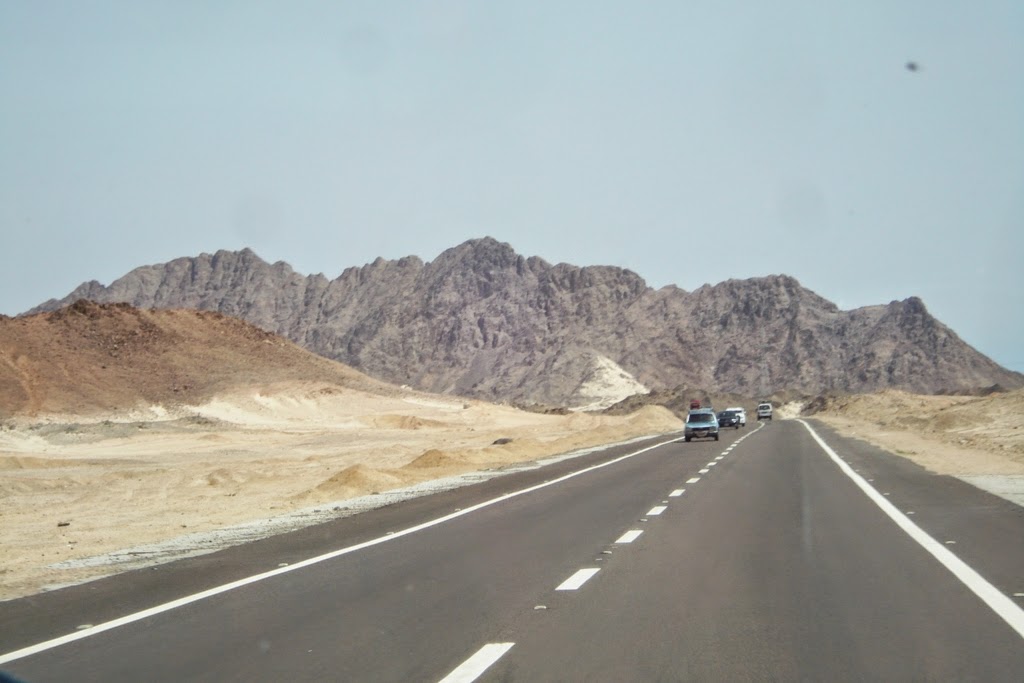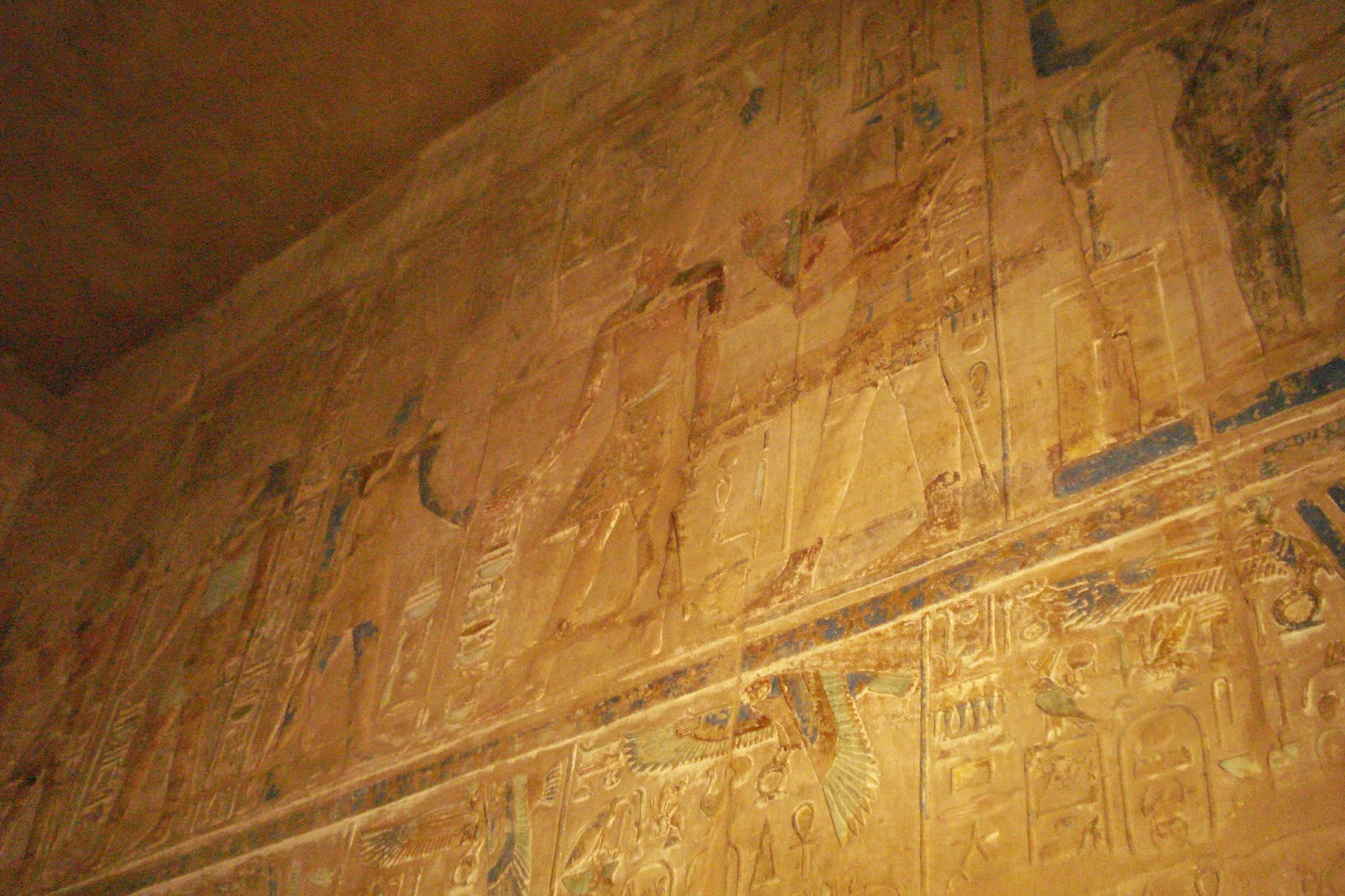I’ve always been curious about the desert so when I learned
we would drive from Luxor to Soma Bay on the Red Sea, a distance of about 327
kilometers, I was excited at the opportunity to experience the Sahara
first-hand. I’d seen the desert in movies but this would be the real thing.
The Sahara is the world’s hottest desert, over 9,4000,000
square kilometers. It covers most of North Africa, stretching from the Red Sea,
including some of the Mediterranean cost, to the Atlantic Ocean. The name comes
from the Arabic word for desert “sahara” .
We set off in the morning from Luxor, boarding a van provided
by Escapade Travel Transportation. Once we had driven through the town of Luxor
we headed out into the vast expanse of sandy dunes. The only greenery is near the Nile River
Valley so for most of the trip all we’d
see was the vast stretch of dunes with occasional palm trees, shrubs or acacia
trees. Farther ahead were rocky crags and then more stretches of dunes.
Ever so many kilometers on the straight stretch of highway there was a check point where armed guards looked over the vehicle. On at least one occasion I saw sniffer dogs. This was in no way disconcerting as it was similar to passing through border crossings.
Ever so many kilometers on the straight stretch of highway there was a check point where armed guards looked over the vehicle. On at least one occasion I saw sniffer dogs. This was in no way disconcerting as it was similar to passing through border crossings.
The Sahara has one of the harshest climates in the world.
Sand storms are common and the north-easterly wind is strong. Rainfall is rare,
with the area receiving less than four inches or even less, a year. It’s
interesting to note that thousands of years ago the Sahara was much more verdant.
Evidence has been found of whale fossils and dinosaurs. Now the only areas with
lots of vegetation are the Nile River Valley and some of the oases near the
Mediterranean Sea. As for animals on the desert, we occasionally saw camels or
goats which are the most domesticated animals in the desert. These were mostly seen near places where there
were oases or habitation.
As we neared the coast, the land was flat, stretching out like
a buff-colored blanket. The highway was clear of traffic so we made good time
reaching the coast, then turned south toward Soma Bay. Finally, I got my first
glimpse of the Red Sea. And guess what?
It was turquoise!
NEXT: Have I died and gone to Shangri-La?
THE KEMPINSKI SOMA
BAY HOTEL RESORT















































